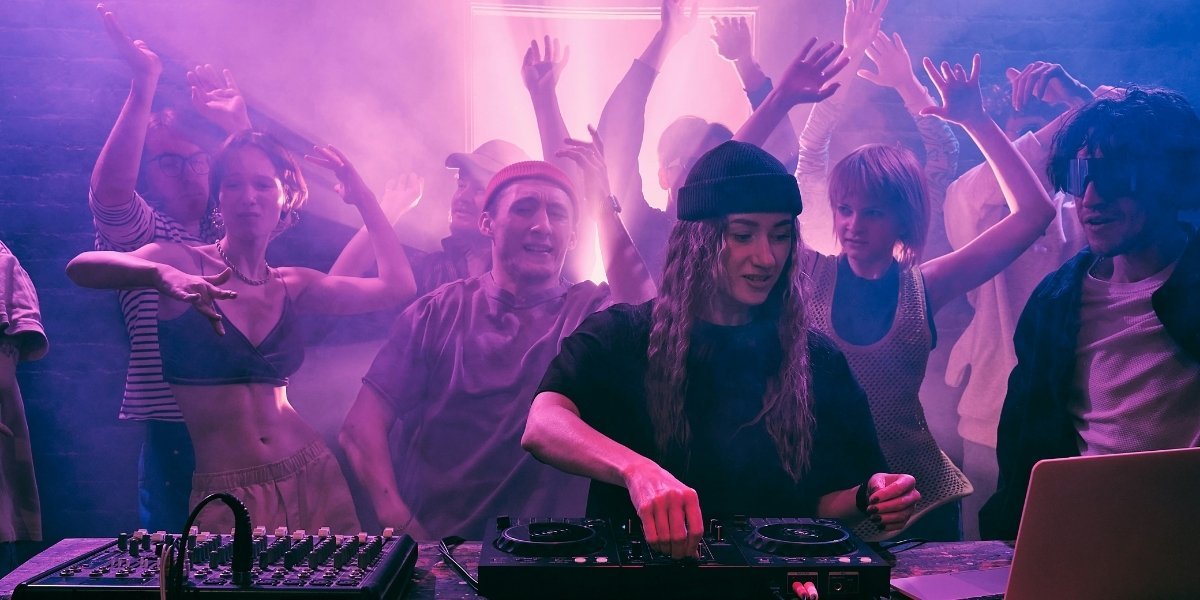In the world of entertainment, the intersection of fashion and acting has long been a fascinating phenomenon. Many individuals who have graced the runways, embodying the pinnacle of fashion and beauty, have made the successful leap into acting. While these two fields seem distinct—one rooted in visual expression and the other in verbal and physical storytelling—the skills required for both are often surprisingly complementary. This article explores the allure of acting for fashion models, the transferable skills that make the transition possible, the challenges they face, and notable success stories that have shaped this unique cross-industry path.
Read Also: The Crucial Importance of Checking Your Equipment Before Playing
The Allure of the Screen
For many fashion models, the world of acting offers a different kind of creative outlet. While modeling is often perceived as a form of non-verbal storytelling, acting allows individuals to embody characters, express emotions, and tell stories in a more dynamic and multifaceted way. The opportunity to connect with an audience on a deeper, emotional level is a strong motivator for models who crave creative expression beyond the runway.
In addition to creative satisfaction, acting presents models with the opportunity for broader recognition. While the modeling world often highlights their looks, acting allows for deeper visibility, as performances in films, television shows, or theater bring models into new public arenas. Many models are drawn to acting because it offers them the chance to be recognized not only for their appearance but for their talent and versatility.
The entertainment industry also provides models with the potential for long-term career growth. While modeling can often be a shorter-lived career due to age and market preferences, acting offers the possibility of longer careers with diverse roles. These factors combine to make the transition into acting not just appealing, but also a strategic move in some models’ career paths.
Transferable Skills
Many skills gained from a modeling career translate well into acting. Comfort in front of the camera is one of the most significant advantages that models bring with them. Having spent years in front of the lens, models are often highly self-aware and comfortable performing in front of an audience, which is a critical skill in acting. They understand how to position their bodies, express emotions through facial expressions, and maintain composure in demanding situations—all qualities that can be invaluable when transitioning to acting.
Another important skill is a deep understanding of visual storytelling. In modeling, a strong sense of visual composition is essential. Models are often tasked with conveying a message, mood, or theme through a single image. This ability to interpret and convey emotion through body language and posture is closely related to the work that actors do in bringing characters and scenes to life.
Furthermore, the discipline and professionalism that models develop in their careers—showing up on time, adhering to strict schedules, and working well with photographers, designers, and other professionals—are directly applicable to acting. Both professions require a high level of focus, adaptability, and the ability to take direction effectively.
Challenges of the Transition
Despite these transferable skills, the transition from modeling to acting is not without its challenges. One of the primary obstacles that many models face is overcoming the perception of being a “beautiful face” without substantial talent. This stereotype can be particularly difficult to shake, as models are often expected to be primarily valued for their appearance rather than their ability to perform.
Another challenge is the development of acting technique. While models may possess the presence and emotional depth needed to portray characters, acting requires more than just an ability to pose. It demands the ability to deeply understand a character’s motivations, develop chemistry with other actors, and master various acting techniques. Many models undergo formal acting training to refine these skills and build credibility in the film and television industries.
The rigorous nature of acting also poses challenges. Unlike the shorter and more controlled shoots in modeling, acting schedules can be long, demanding, and physically exhausting. Adapting to the energy required for a multi-month filming schedule, as well as developing a strong character arc across multiple scenes, presents a shift in the kind of endurance and discipline models are used to.
Breaking the Mold: Overcoming Stereotypes
While many models initially face skepticism about their acting abilities, there are numerous examples of models who have successfully broken the mold and defied expectations. Overcoming the “beautiful face” stereotype is a major part of a model’s journey to becoming a respected actor.
For instance, Charlize Theron began her career as a fashion model before gaining recognition for her role in “Monster”, where she underwent a radical physical transformation to portray serial killer Aileen Wuornos. Theron proved that she was much more than just a pretty face, earning an Academy Award for her performance.
Similarly, Cameron Diaz, initially a model, went on to become a prominent Hollywood actress, with standout roles in films like “The Mask” and “There’s Something About Mary”. Both Diaz and Theron demonstrated that acting prowess could be cultivated through dedication, skill, and persistence, despite initial perceptions about their modeling background.
Notable Success Stories
Several fashion models have achieved significant success and critical acclaim in the acting world. Gisele Bündchen, once one of the highest-paid models in the world, made her acting debut in “The Devil Wears Prada” and continued to take on roles in films and television. Her ability to transition from modeling to acting, while leveraging her public image as a top model, has contributed to her success.
Another example is Cara Delevingne, a British model who became a household name in the fashion world before successfully breaking into acting with roles in films like “Paper Towns” and “Suicide Squad”. Delevingne’s combination of acting talent and experience in the spotlight allowed her to capture audiences’ attention in a new domain.
The Role of Image and Persona
A model’s public image and persona can both help and hinder their acting career. Some models strategically leverage their established persona, using their fame to gain recognition in the acting world. For others, distancing themselves from their modeling past is important to prove their credibility as serious actors.
Gigi Hadid, for example, has pursued acting roles that align with her fashion model background, using her established fame as a stepping stone. In contrast, Brooklyn Decker worked hard to shift away from her modeling image and showcase her versatility in comedic and dramatic roles.
The Future of Cross-Industry Talent
The future of models transitioning into acting seems promising. As the entertainment world continues to blur the lines between fashion and film, the opportunities for models to branch out into acting are likely to increase. With the rise of digital content, social media platforms, and global collaboration between industries, we may see more models taking on acting roles, further bridging the gap between fashion and film.
As the entertainment and fashion industries evolve, the paths for models to enter acting will likely become more varied, giving rise to new possibilities for cross-industry talent.
Read Also: The Enduring Influence of Reggae Music: A Cultural Phenomenon That Transcends Borders
The transition from fashion modeling to acting is a complex but increasingly common career path. While models face challenges in overcoming stereotypes and developing their acting craft, many have successfully navigated this shift, using their fame and skills to captivate audiences in new ways. The future of models-turned-actors looks bright, with evolving industry trends offering ample opportunity for these individuals to continue building successful careers in both realms.








